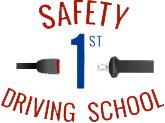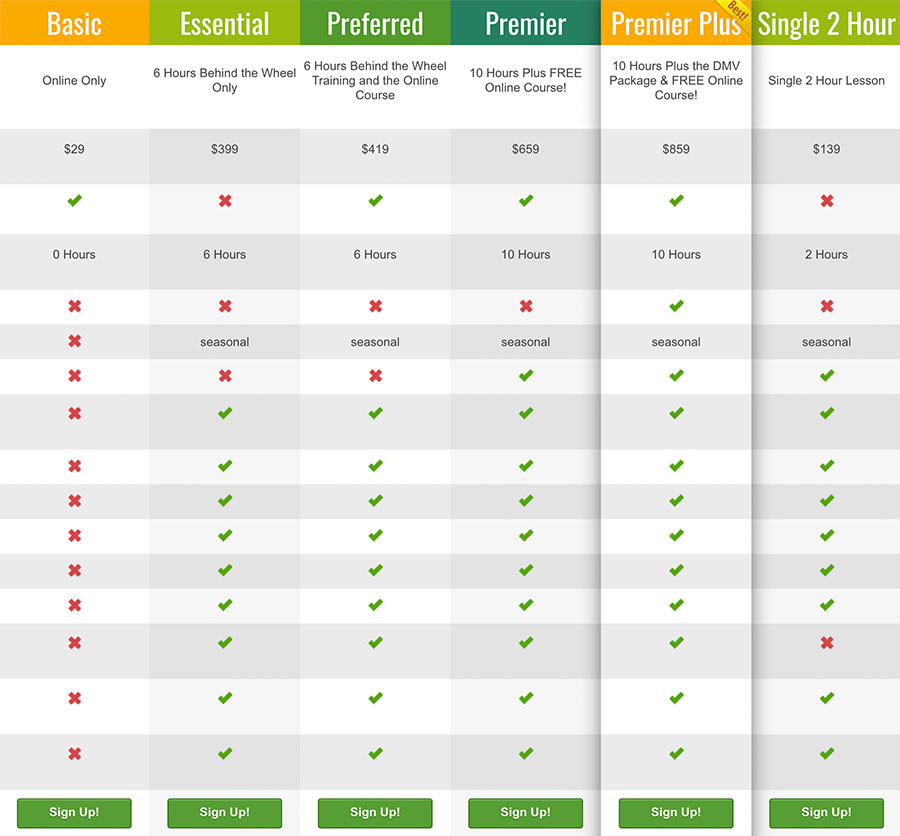
We usually talk about safety in and around cars, for obvious reasons (we’re a driver education school). However, we eat, sleep, and breathe safety, so naturally it flows over into other (or ALL) areas of life.
We live in Orange County, so we can’t overlook a huge part of our culture, and a major source of entertainment, leisure, and exercise here in the OC: the beach.
The ocean is a beautiful, massive body filled with millions of living creatures. It can be calm and peaceful one minute and raging the next. If you or your kids enjoy spending time in the ocean, it’s important to be educated about how to handle things that may come up that could threaten your safety.
Here are some Orange County Beach Safety Tips:
General Safety Tips
Have little ones and inexperienced swimmers wear U.S. Coast Guard-approved life jackets while in the ocean.
Don’t dive headfirst, and always check the depth of the water. There may be sandbars you don’t know about and diving headfirst could result in head trauma or spinal cord injury.
Waves can cause a loss of footing quickly. Pay careful attention to small children and the elderly, even in shallow water.
Lots of sea life can be dangerous. Leave animals alone, and avoid patches of plants, as animals often reside in these.
Only swim in areas designated for swimming, and that have a lifeguard present.
Abide by no swimming signs. They’re there for a reason.
Swim in populated areas, especially if you’re alone. The buddy system works!
Rip Current Safety Tips
Rip currents are narrow, high velocity currents that can quickly bring someone far from shore. They’re nearly impossible to swim against and are responsible for the majority of lifeguard rescues (and unfortunately, deaths) each year.
DO NOT swim against a rip current. You have to get OUT of the rip current. Here’s how:
- Turn sideways and swim parallel to shore until you escape the fast-running water. Rip currents are usually pretty narrow.
- Lift your arm and wave for help if you need it.
- Once you are out of the rip current, swim at an angle away from the current and toward the shore.
- If you feel tired or panicked, stay calm. Flip over and float on your back until you regain your energy/composure.
(sources: Safe Bee and American Red Cross)
Undertow Safety Tips
A lot of people confuse the undertow for the rip current. The undertow is what happens when the wave breaks on the shore and pulls itself back in. If you’re standing in the undertoe, it may knock you off your feet or feel like you’re being sucked back into the ocean. The difference is, it doesn’t keep pulling you in; the next wave will spit you right back out.
As with the rip current, the best advice is, don’t panic. Even if the undertow pulls you underwater, you’ll come right back up.
Miscellaneous Tips
These don’t necessarily have to do with ocean safety, but they’re still important:
- Protect your skin with sunscreen, sunglasses, and proper clothing.
- Don’t swim in the ocean if you’ve been using drugs or alcohol.
- Don’t take sunglasses in the ocean unless you’re okay with losing them.
- That goes for contact lenses too! (Might want to have an extra pair on hand.)
- Don’t take anything of value to the beach, especially if it will be left unattended while you’re swimming.
- Throw away your trash! Litter and plastic bags are very harmful to ocean wildlife.
Above all, use common sense and respect the ocean!


